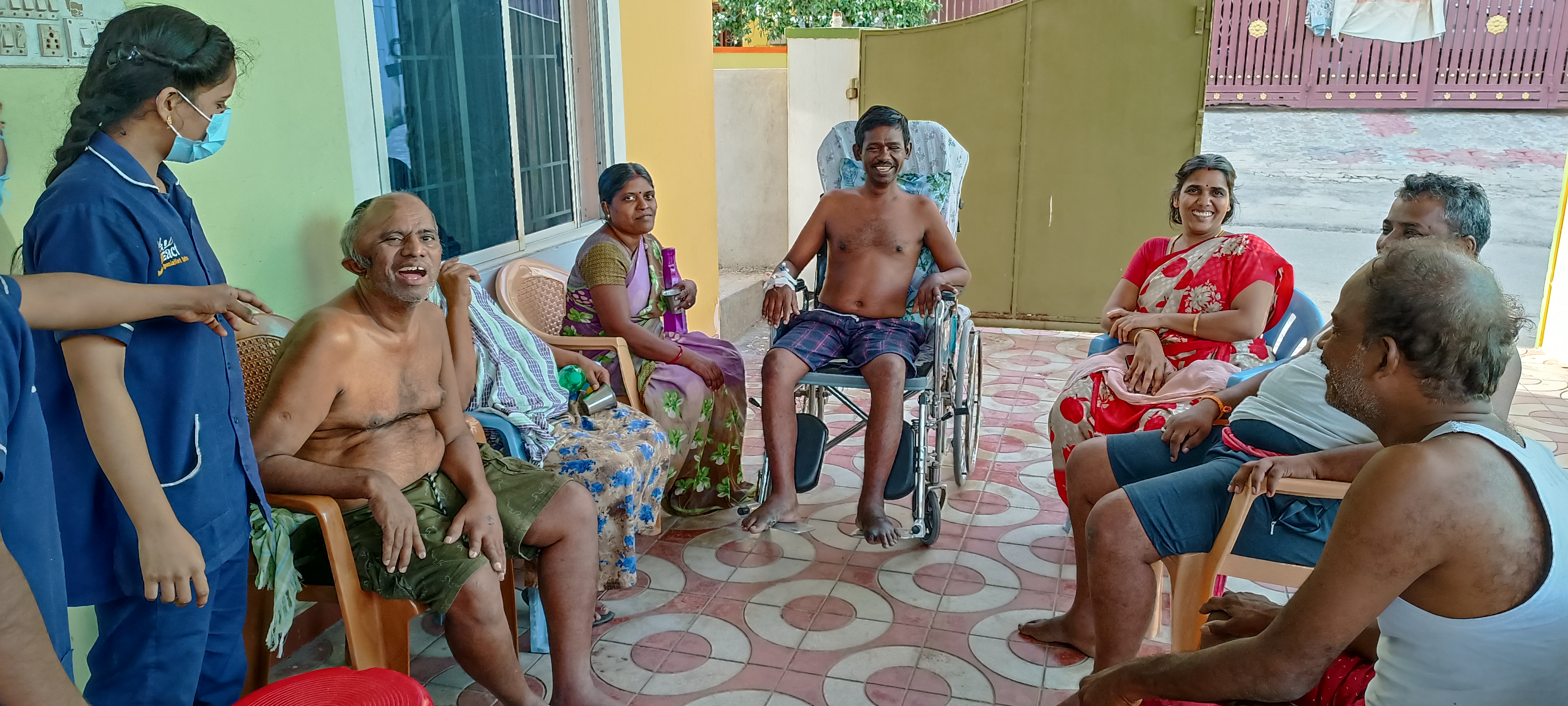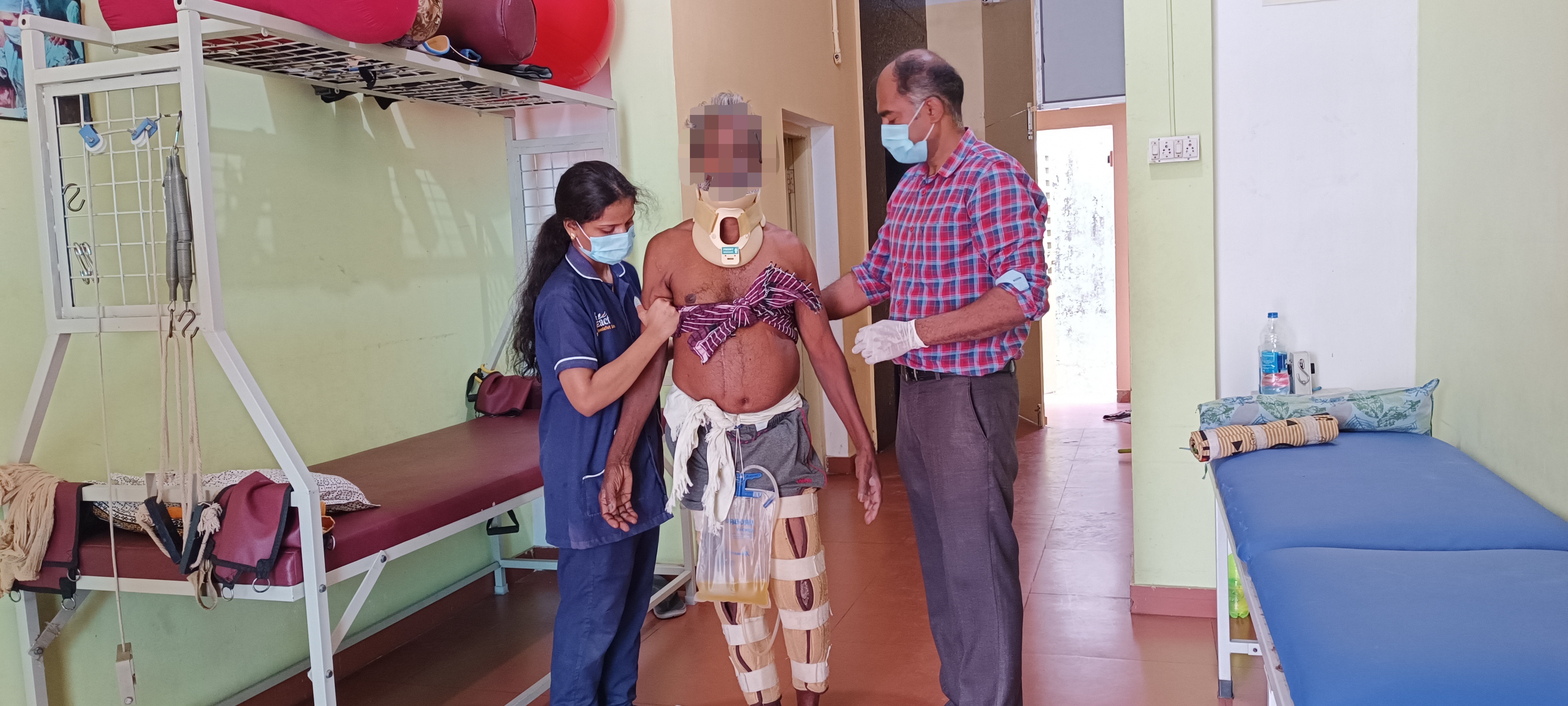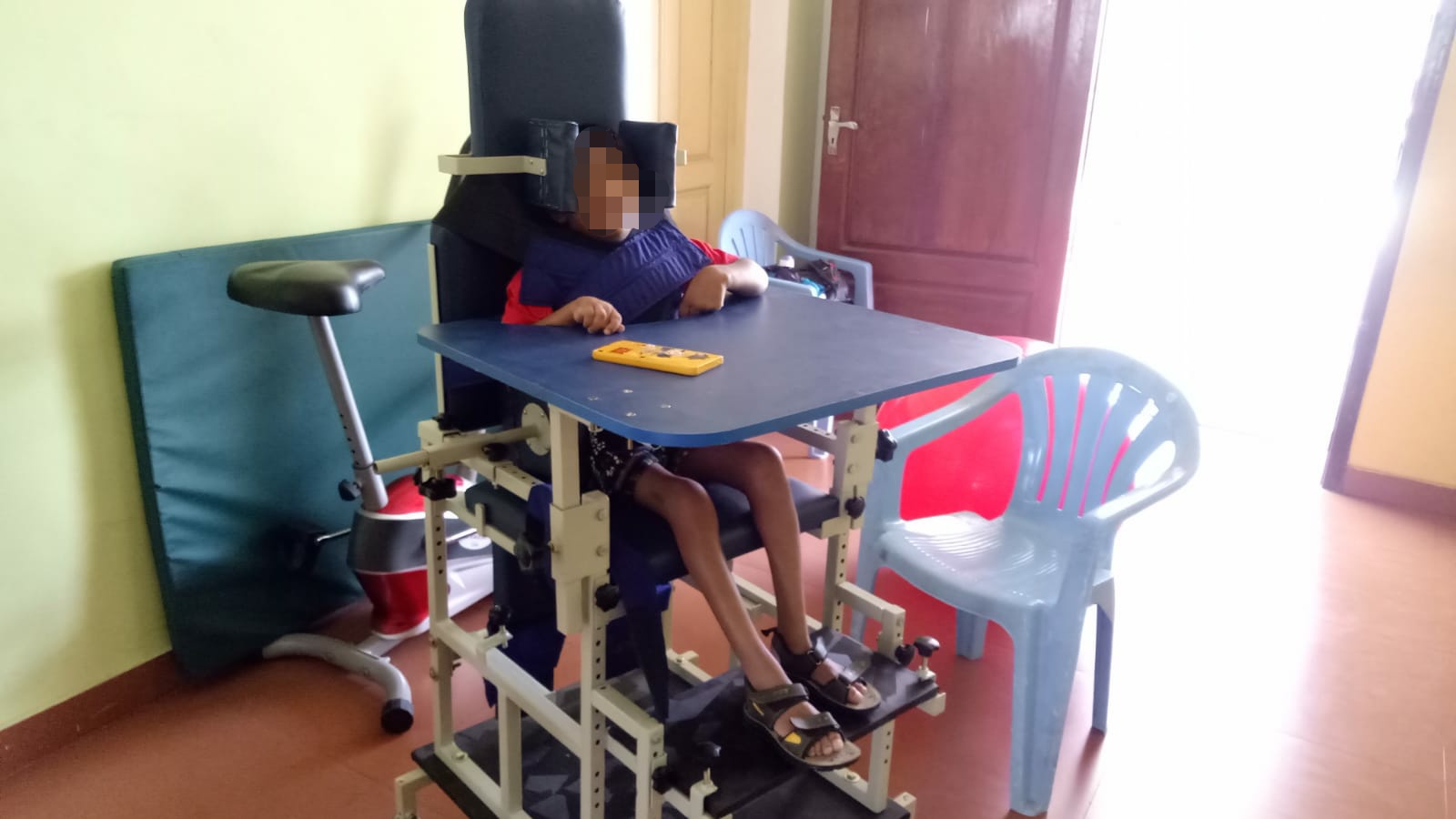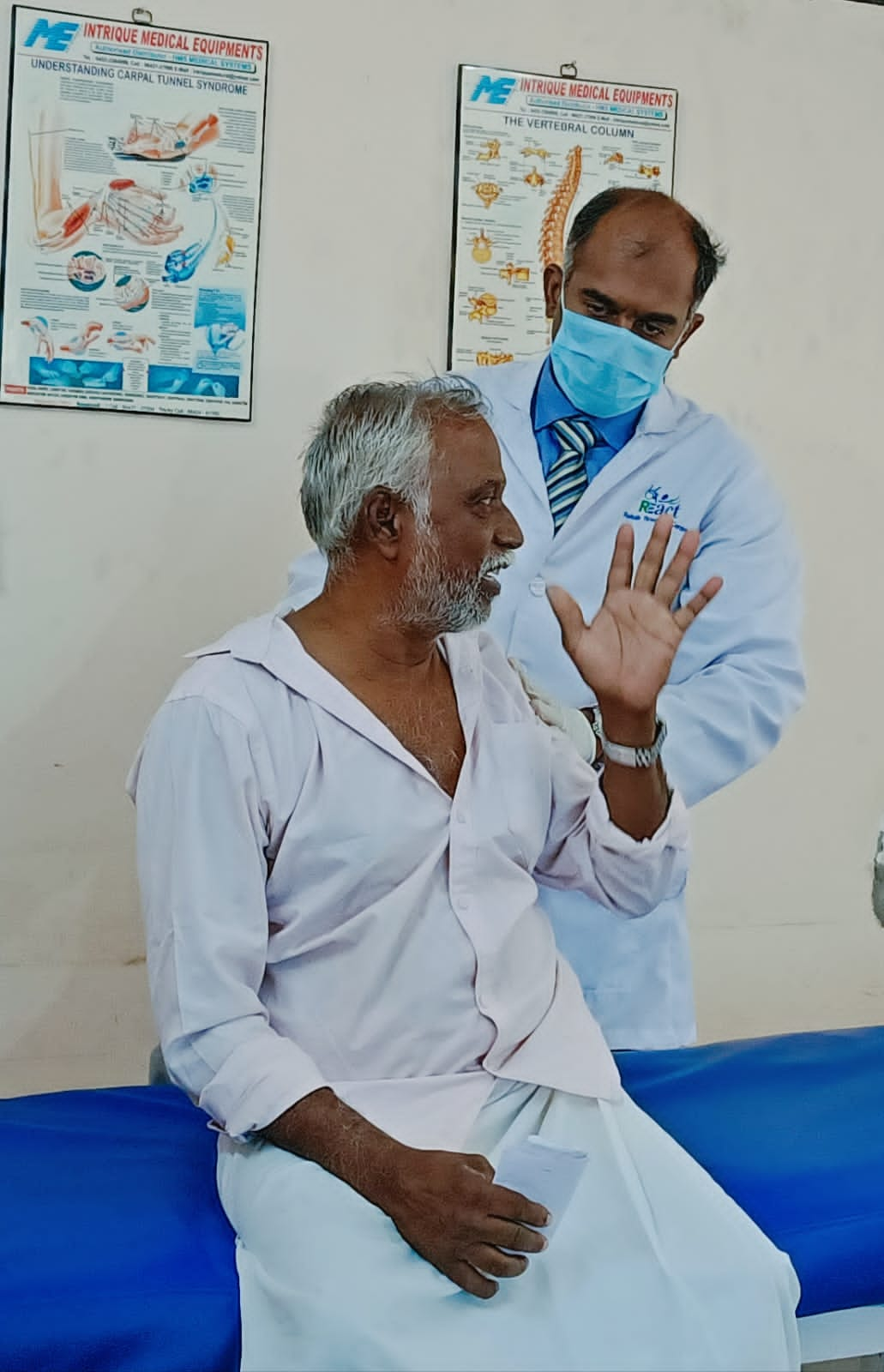NEURO PHSIOTHERAPY
Neurological physiotherapy involves the treatment of people with movement and functional disorders that have originated from problems within the body’s nervous and neuromuscular system.
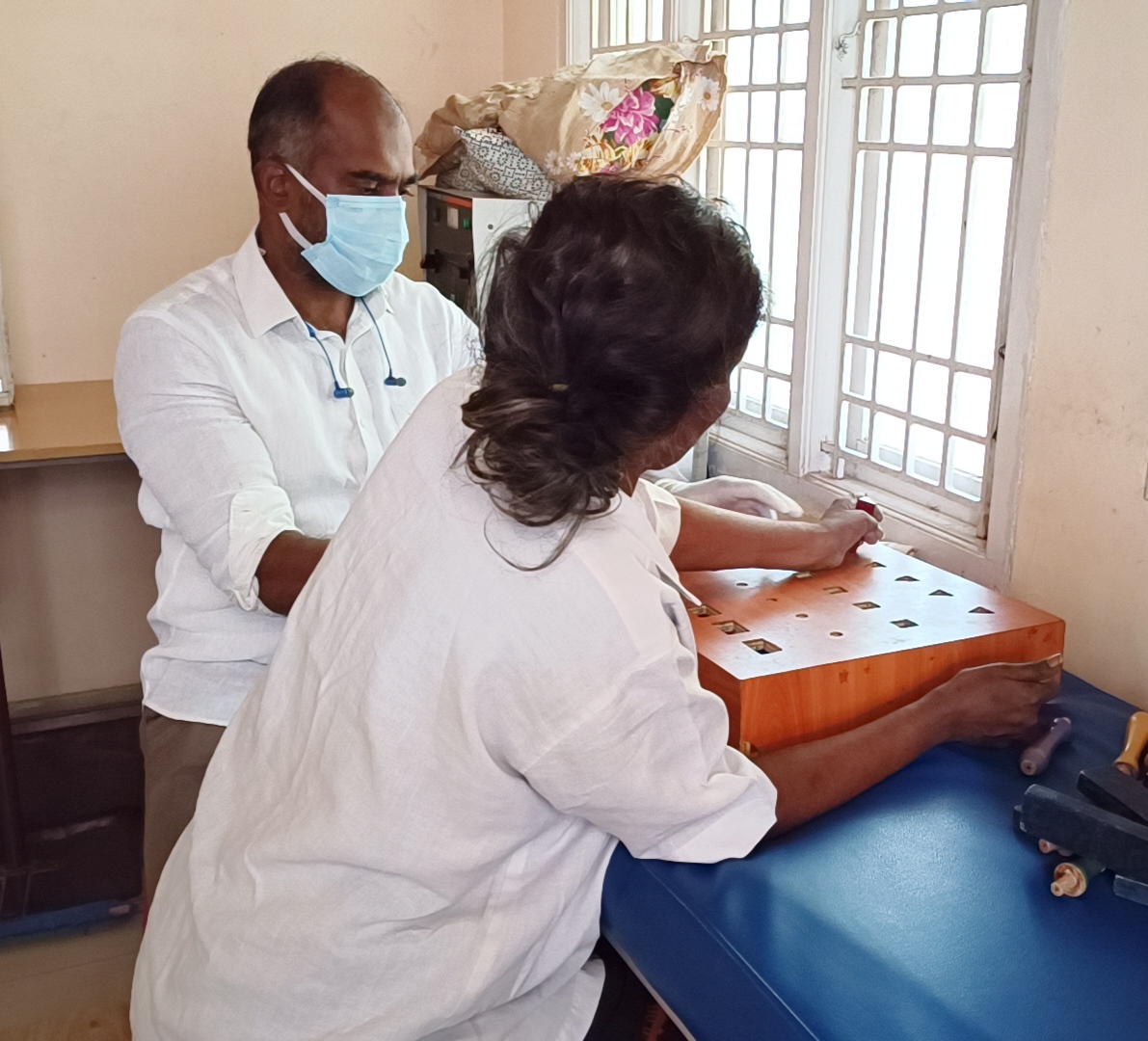
These conditions often manifest themselves as muscle weakness, poor balance and coordination, uncontrolled muscle spasm and tremors, loss of function and decreased sensation. Neurological Physiotherapy is able to kick-start the message pathways that your brain is struggling to use, to make new pathways through repetitive actions and exercises.
Common Conditions Treated
- Stroke
- Traumatic Brain Injury
- Spinal Cord Injury
- Multiple Sclerosis
- Guillain–Barré Syndrome
ORTHOPEDIC PHSIOTHERAPY
Orthopedic physical therapy involves the care of your entire musculoskeletal system, which includes your bones, muscles, ligaments, tendons, joints and connective tissues.
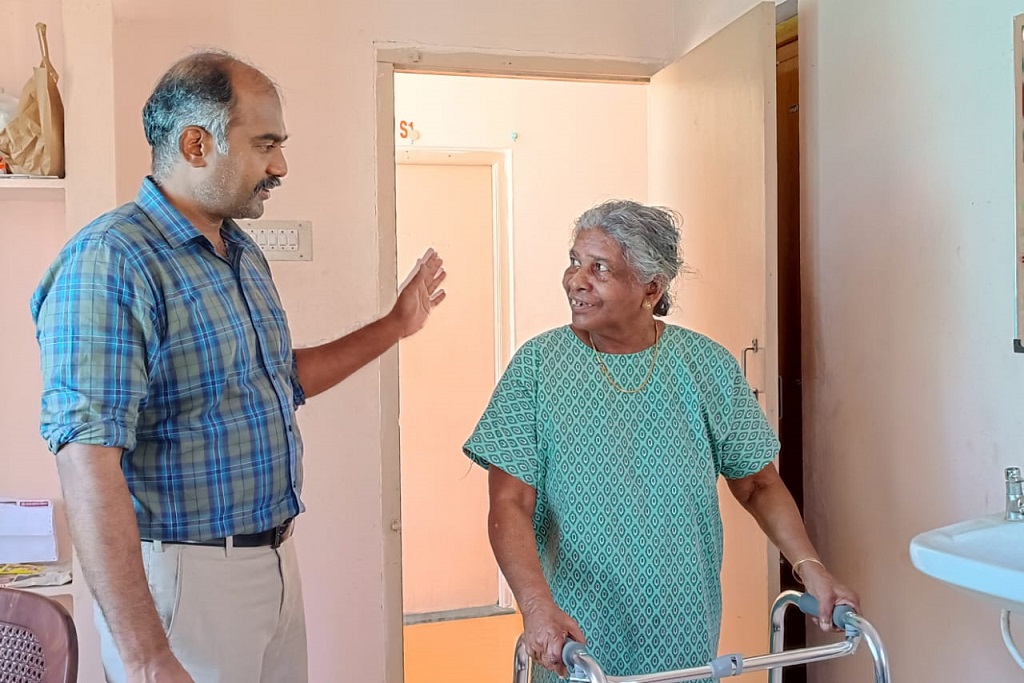
Orthopedic physical therapy can be a primary or complementary treatment option for musculoskeletal conditions like arthritis, bursitis, frozen shoulder, knee disabilities, joint pain, Parkinson’s disease, scoliosis, Spinal stenosis and post ortho surgeries. After surgery, orthopedic physical therapy may help reduce pain, normalize your walking, improve your range of motion, and prevent excessive scar tissue build-up.
PEDIATRIC PHSIOTHERAPY CARE
Pediatric physiotherapy is effective in the management of perinatal conditions, conditions diagnosed in early childhood.
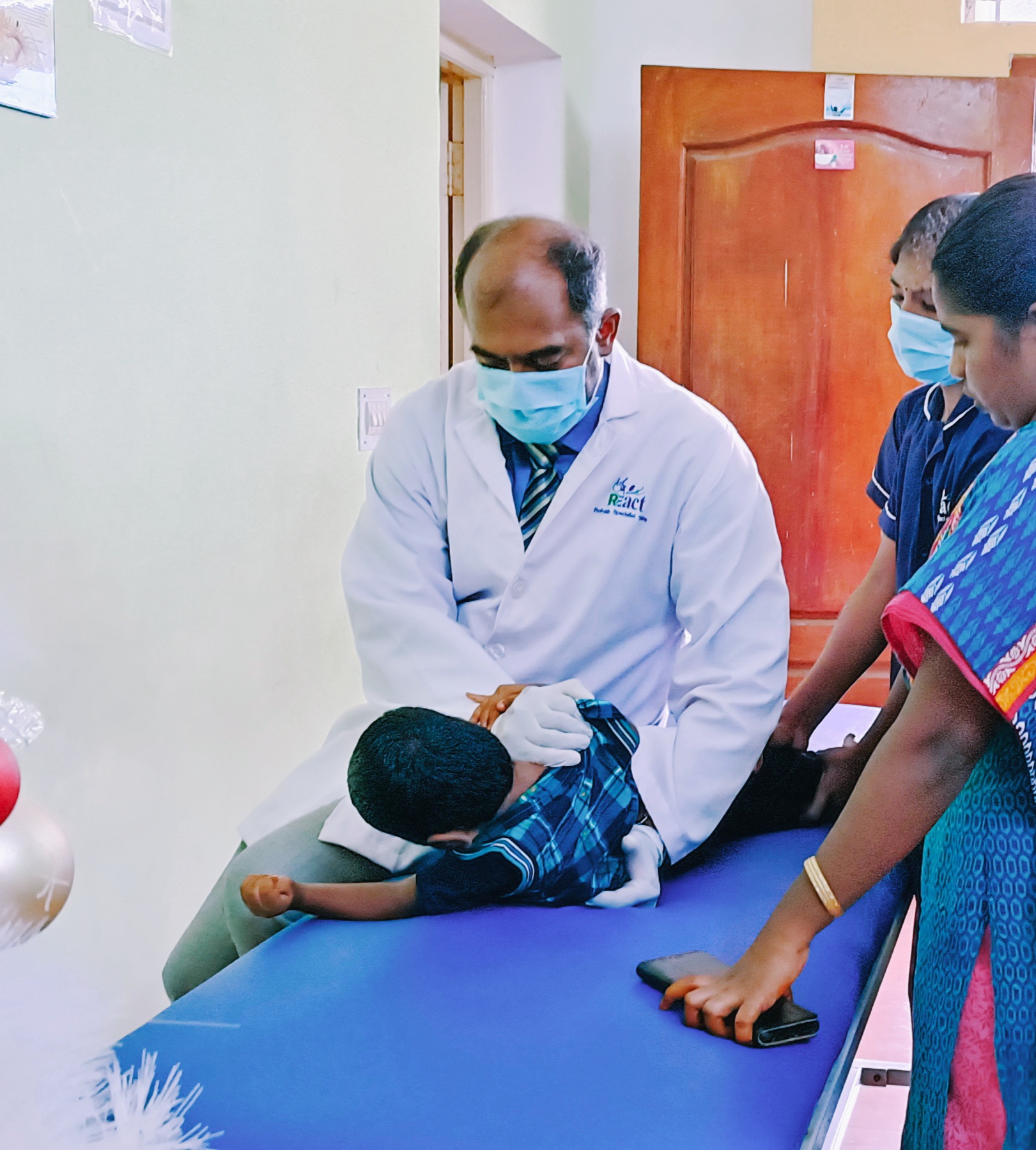
Pediatric physiotherapists help children to achieve their optimal physical development. They have specialized knowledge in the movement, development and conditions that are likely to affect the baby and growing child and treat from 1-day-old babies to adolescents.
Common Conditions Treated
- Gross Motor Delay
- Autism Spectrum Disorder
- Cerebral Palsy
- Developmental Coordination Disorder
- Down Syndrome
- Spina Bifida
- Acquired Brain Injury
- Hypotonia
- Muscular Dystrophy or Other Neuromuscular Challenges
- Torticollis/Plagiocephaly
- Other Genetic Disorders and Weight Challenges
GERIATRIC PHSIOTHERAPY
Geriatric physical therapy covers a wide area of problems concerning the elderly people.
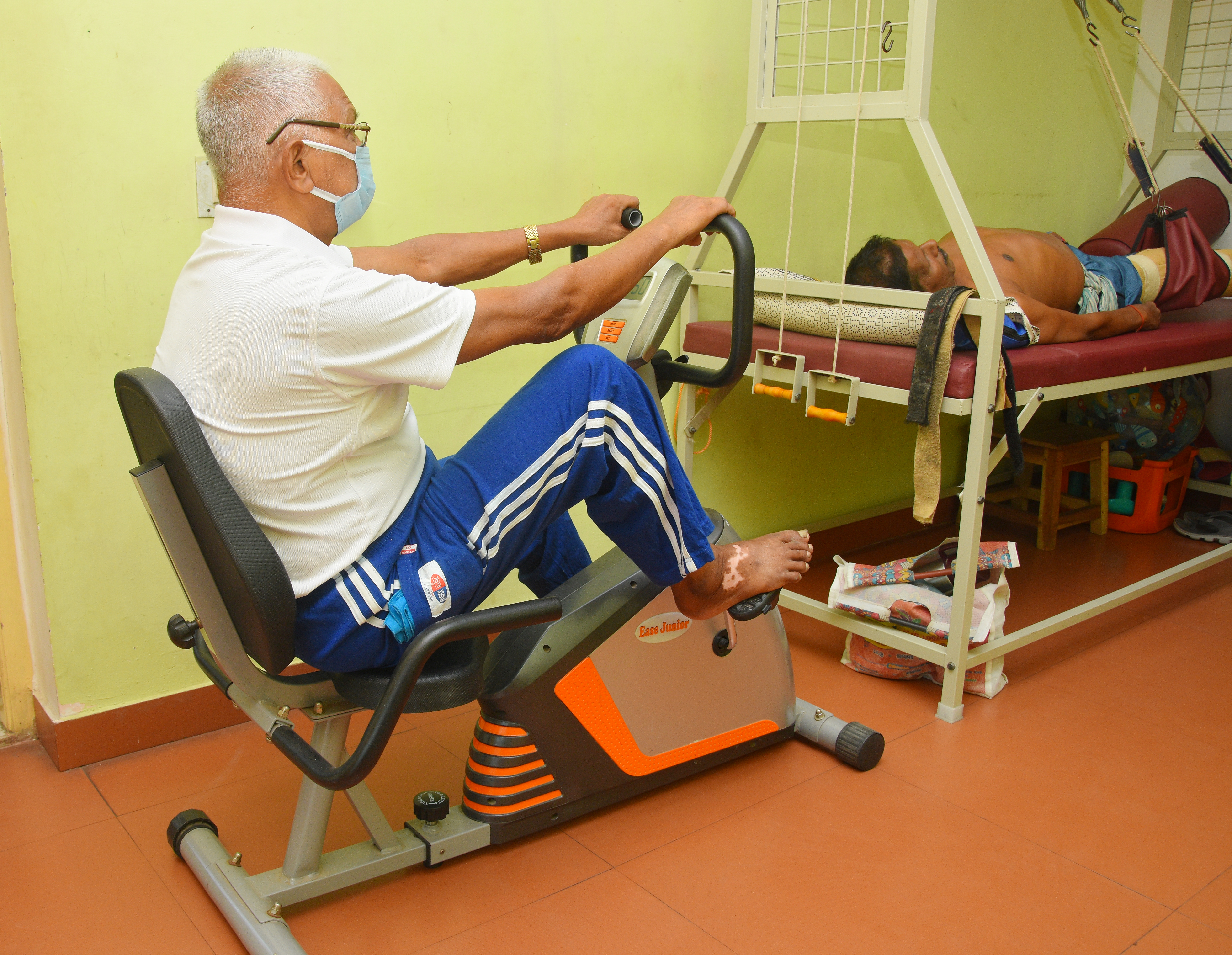
There are many conditions that affect people as they grow older but are not limited to the following: arthritis, osteoporosis, cancer, Alzheimer’s disease, hip and joint replacement, balance disorders incontinence, etc. Geriatric physical therapists are specialized in providing therapy for such conditions and ailments.
Common Conditions Treated
- Joint Pain
- Generalized Weakness
- Postural Instability
- Balance Impairment
HOME CARE PHSIOTHERAPY
Availing physiotherapy at home is quite normal nowadays. It is particularly useful in conditions in which the condition of the patient is quite serious or it is not possible for the patient to travel to a physiotherapy clinic. In such situations the physiotherapist visits the home of the patient for the purpose of diagnosis and treatment.
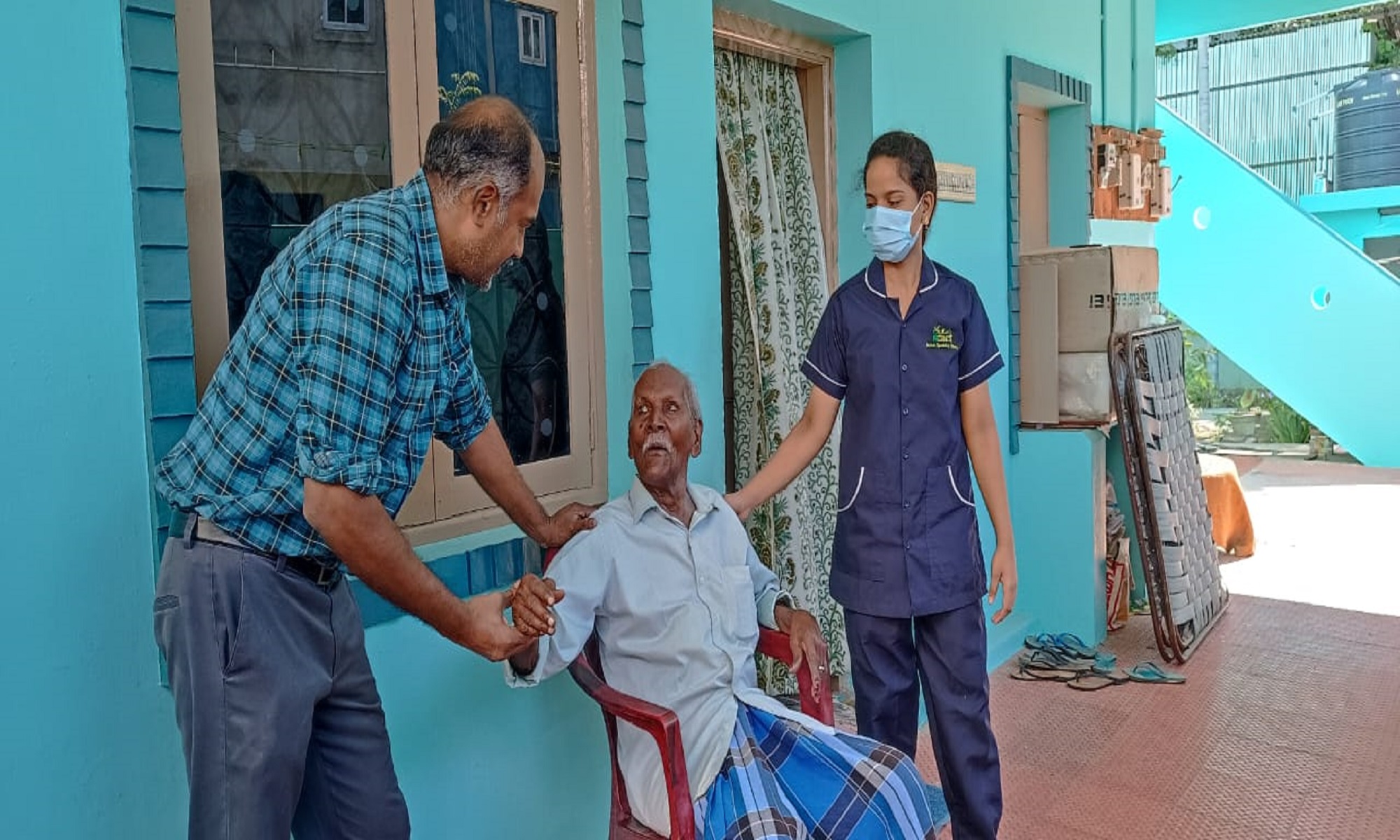
Conditions that may be a good fit for home-care physical therapy may include - Post-surgical conditions like a total hip or total knee replacement, Stroke recovery and rehabilitation once discharged from a facility, Parkinson’s disease symptom management, Multiple sclerosis, Amyotrophic lateral sclerosis (ALS), After a cardiac event like a heart attack, After trauma such as fracture.

